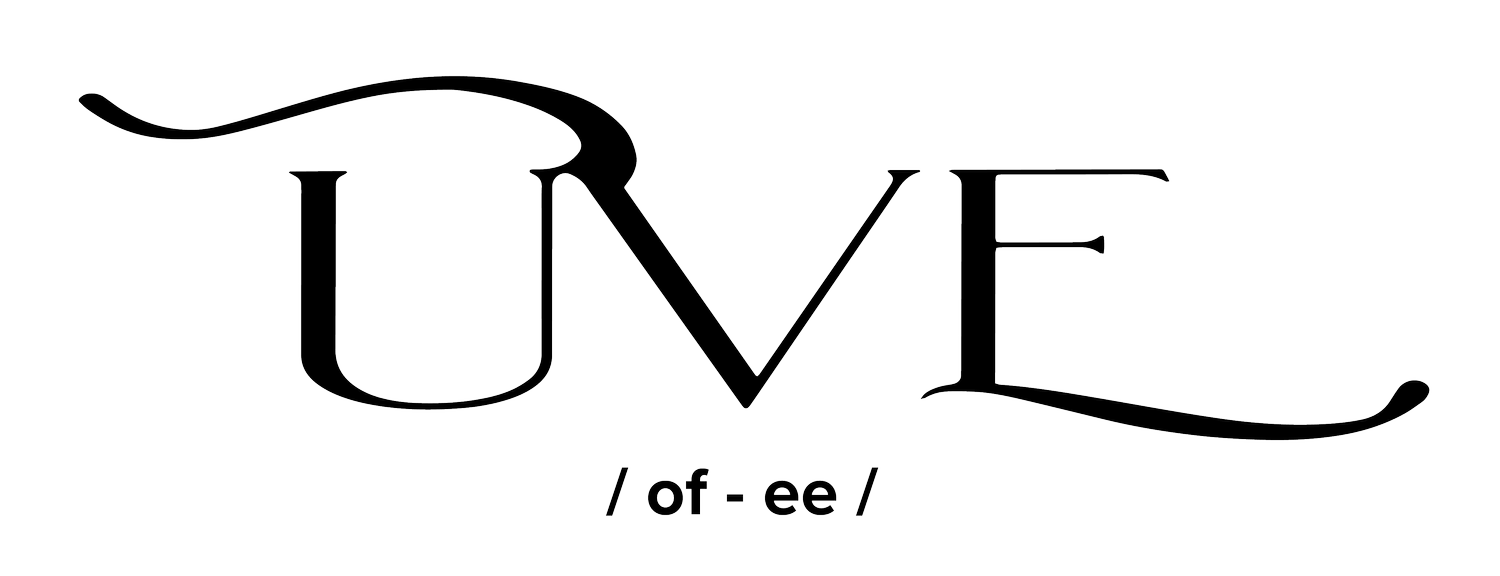Where do you want it to rain?
Funding creates ROI (ripples of impact) in a regenerative system
By Abbey Kingdon Smith
Eight years later Durukan is a member of the Savory Institute Advisory Circle, he works internationally with multi-national NGOs, governmental organizations and companies to reverse desertification through Holistic Management. He also leads the Savory Hub serving Turkey, spends ample time in Sweden working on new start up regenerative ag businesses with the Nordic Savory Hub leader, Jörgen Andersson.
Through this growth and change he never lost his bright spirit, his commitment to positivity, hope and love. And his sense of humor. He is the only person I’ve met (yet) who brushes his teeth on a Zoom call (with the video on). He makes us all feel right at home wherever we are.
When Durukan speaks, I listen. I know his words come from deep experience. From living through it. He brought to life this concept of capacity to receive (note: to be fair and give credit where credit is due, I first learned of the concept of absorptive capacity from South Africa Savory Hub leader Rolf Pretorius. Thank you, Rolf.).
“A few years ago, if you gave me $100,000, I would have no idea what to do with it,” Durukan explained, “now I know exactly what to do with $15 million.” I work with entrepreneurs, adventure seekers, starters, visionaries and norm breakers, like Durukan. It’s pretty common in the regenerative agriculture space. Many think they need lots of funding to get started to do the work. But actually funding is the outcome of the work. What this means is that an organization must have the ability to receive funds, and put them to good use. Otherwise it creates waste.
I envision funding as rain. If the soil has a lot of organic matter (absorptive capacity) then it can hold the rain and do something with it. If the soil is bare and capped, the rain will run off (the money will be wasted). Clearly, Durukan built an organization that started with nothing (totally bare soil) and built deep absorptive capacity in it (organic matter and life in the soil).
Important questions to ask yourself are:
- How much is enough?
- Do I have a plan to deliver?
Continuing the metaphor of money as rain, our investments create impact in the world. Savory Institute CEO Daniela Ibarra-Howell said funders she works with describe ROI as ripples of impact. What impact do you want to have in the world? Where do you want to make it rain?
Bringing rain (investing, giving) should be joyful, an expression of love, according to Peter Koenig.
For Jackie, Andrea and I, we found that, magically, as we built the soil of our organization (the capacity to do the work), the rain came.
It came in unexpected ways, and from unexpected places, namely Fallon, Nevada.
As a former resident of a small town near Fallon, I did not expect this beautiful act of hope and courage, moving us toward regeneration in agriculture, to come from this farm town in Northern Nevada.
Boulder, yes. Austin, perhaps. Fallon, never.
We are utterly stunned by the generosity and regenerative spirit of Joe Frey and Adrienne Snow at Western States Hemp in Fallon, Nevada.
Nevada stepped up. Joe and Adrienne are generously supporting Jackie Eshelman in bringing knowledge and experience gained through Nicole Master's CREATE course to our region.
I guess, in a way, it makes sense. No one knows better than Nevadans the vitality of rain.
In this short video, Joe, Adrienne and I discuss why this rain is needed and what it will do for our entire region, and beyond.
In November 2021, Jackie Eshelman, Ecological Outcome Verification Program Lead for the Jefferson Center for Holistic Management, plans to attend the CREATE course by agroecologist Nicole Masters, and her partners. After a rigorous application process, she succeeded in being accepted into the course. It will help Jackie better serve the regenerative agriculture producers she works with across the West Coast, and the Intermountain West of the United States. This includes land managers, farmers and ranchers from the Mexico border in California up through the whole state, and across Oregon, Washington, Nevada, Idaho and Montana.
Jackie also works with EOV land health monitors and Holistic Management educators globally through the Savory Global Network. This education will have exponential rippling effects in the way that she can help land stewards understand, diagnose and triage the issues they are having below and above the soil surface.
If you are joyful and excited about the idea of bringing rain (in the form of new knowledge) to our region, you can do so here.
If only it were that easy to really bring in the rain clouds! Who knows though. Maybe if we regionally increase our organic material and life in the soil (metaphorically and literally), it will bring more moisture to our region.
Thank you for all you do, rainmakers.

